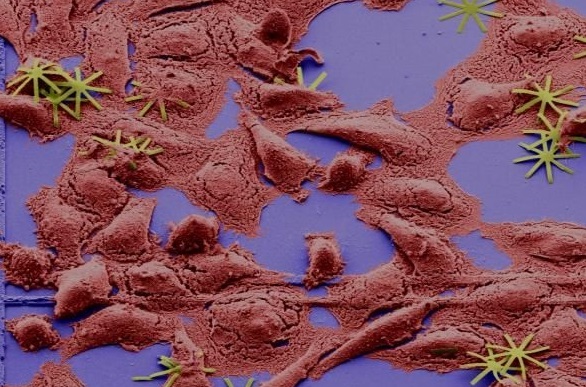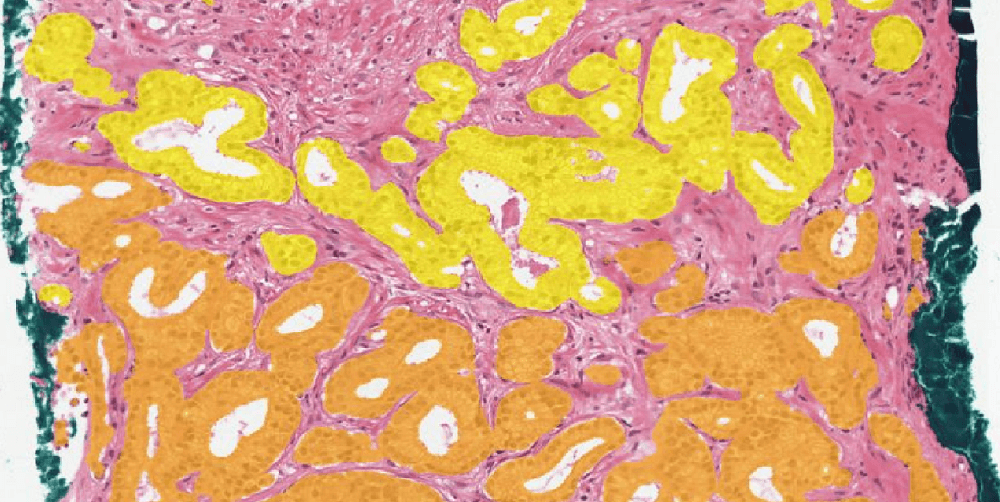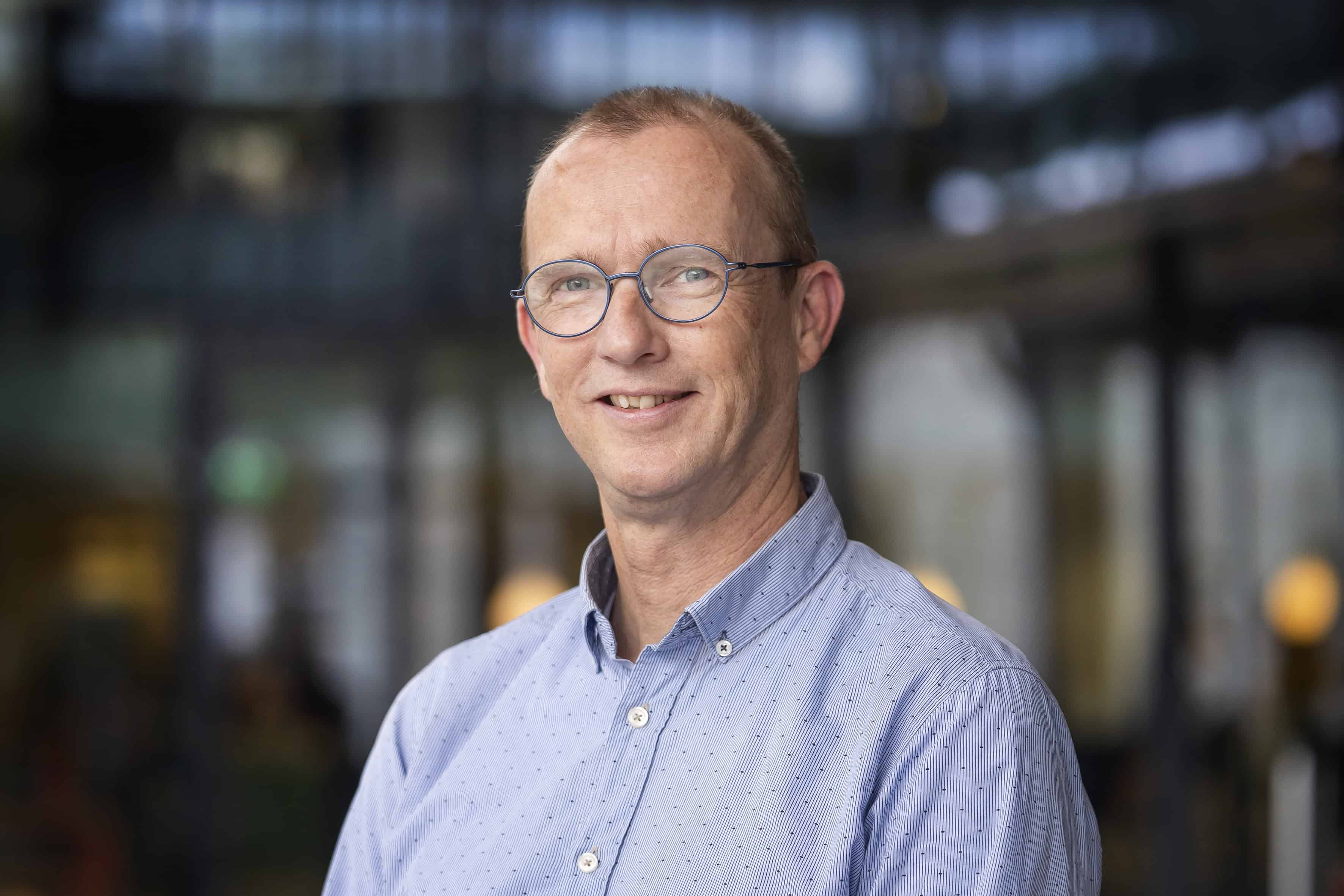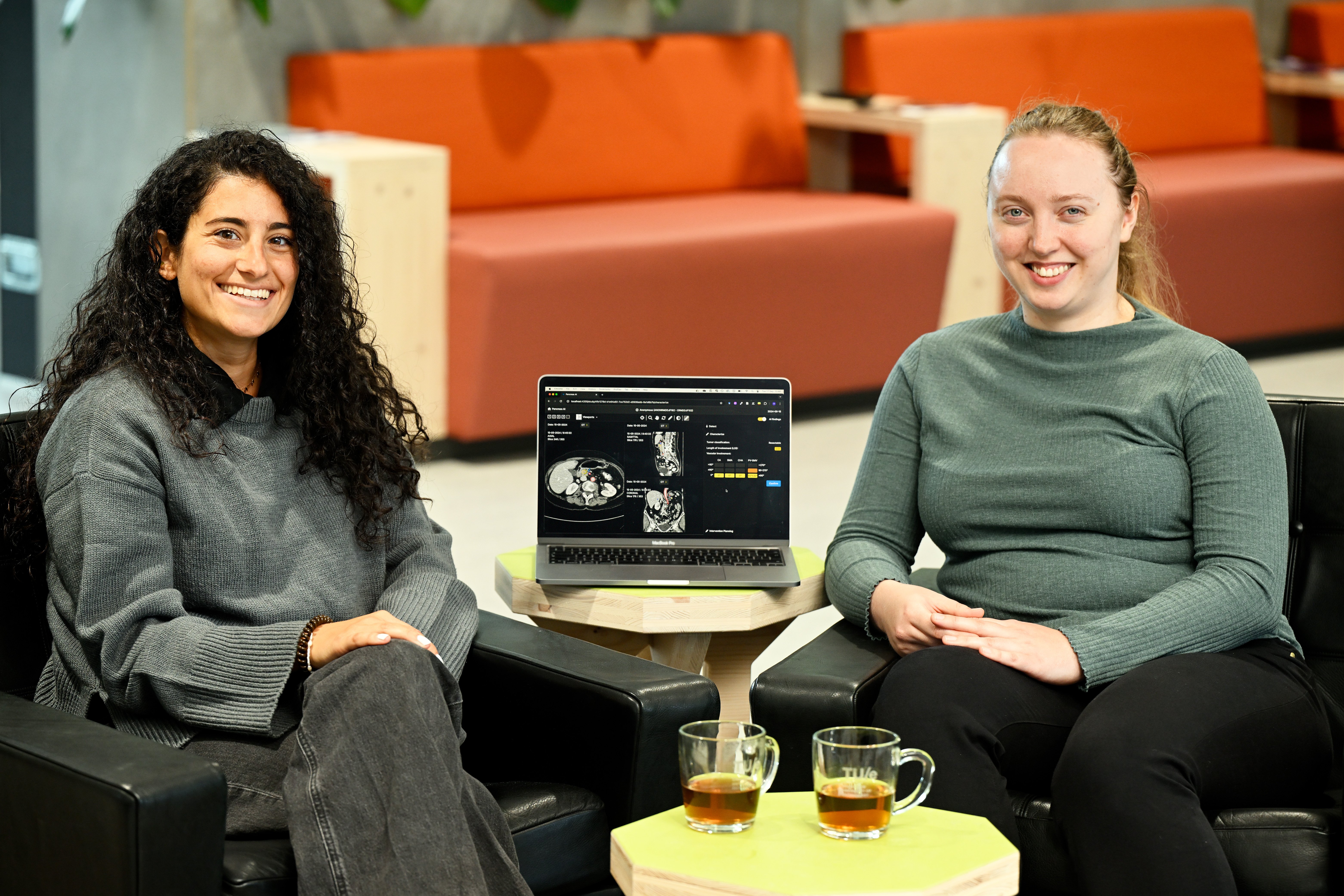
A research team put devices of 50 nanometre-thick —one thousandth of a hair’s part— inside living cells in order to find their division process and alter it, and even destroy cells. The new study, which sheds light on the exploration pathways in the field of nanomedicine, includes the participation of the researchers Lluïsa Pérez-Garcia and Ezhil Amirthalingam, from the Faculty of Pharmacy and Food Sciences and the Institute of Nanoscience and Nanotechnology of the University of Barcelona (IN2UB), wrties the Spanish university in this press release.
The study, published in the journal Advanced Materials, is led by the lecturer José Antonio Plaza, from the Institute of Microelectronics of Barcelona (IMB-CNM-CSIC), and results from the collaboration with the teams of UB-IN2UB —led by Professor Lluïsa Pérez-García— and the Centre for Biological Research Margarita Salas (CIB-CSIC), led by researcher Teresa Suárez.
Nanochips to stop cell division
Traditionally, the great advances in the study of cell functioning were carried out through the chemical drugs, which involved the great development of medicines to treat diseases. Over the last decades, the scientific community stated that for the good functioning of cells, the mechanical part (physics) is as important as the chemical one.
The new study presents the use of nanochips for studying and modulating the mechanical part of cells. These nanometric devices, which prevent cell division through mechanical processes, can be used as “mechanical” drugs to alter or even destroy cells, which opens new opportunities for new future therapeutical treatments. In this study, the UB-IN2UB team has been involved with the conceptual and experimental development of the research and has implemented the chemical functionalization of the nanochips.
Mechanical cancer therapy
The starting point that led to the results now published in Advanced Materials was the concession of the Explora project by the Ministry of Science and Innovation in 2014 with the participation of the three research groups. “The Explora projects enable working in innovative and risky research, and all the teams started working on what we call the mechanical cancer therapy”, notes Professor Lluïsa Pérez, member of the Department of Pharmacology, Toxicology and Therapeutical Chemistry, who led the UB projects within the frame of the research consortium.
“The devices can be designed with controlled shapes and dimensions at a micron and nanometre scale. In particular, these are star-shaped devices, they have a 22-micron diameter and a thickness between 50 nm and 50 nm. They are made of silicon and their star-shape makes them look like a nanofiber mesh”, notes researcher José Antonio Plaza (IMB-CNM-CSIC).
Chips interfere in cells life
Cells are able to internalize these nanometric structures with dimensions of the order of the cell diameter. Once inside, they hinder mechanically the usual functioning of the cell, therefore causing an alteration in the cellular cycle, and sometimes, its death.
The study shows how a chip —a physical object— can interfere mechanically in the cell cycle, in a similar way to asbestos fibres that cause cell alterations which lead to diseases. The new study sheds light on the analysis of other geometries to see the effects on the cell cycle, a starting point of potential biomedical interest for studying many diseases —such as cancer— in which the physical part of cells is relevant.
“Preventing cell division or slowing it down through a mechanical object can cause cell death and this could be key in many future medicine treatments”, notes researcher María Isabel Arjona (IMB-CNM-CSIC).

Selected for you!
Innovation Origins is the European platform for innovation news. In addition to the many reports from our own editors in 15 European countries, we select the most important press releases from reliable sources. This way you can stay up to date on what is happening in the world of innovation. Are you or do you know an organization that should not be missing from our list of selected sources? Then report to our editorial team.







